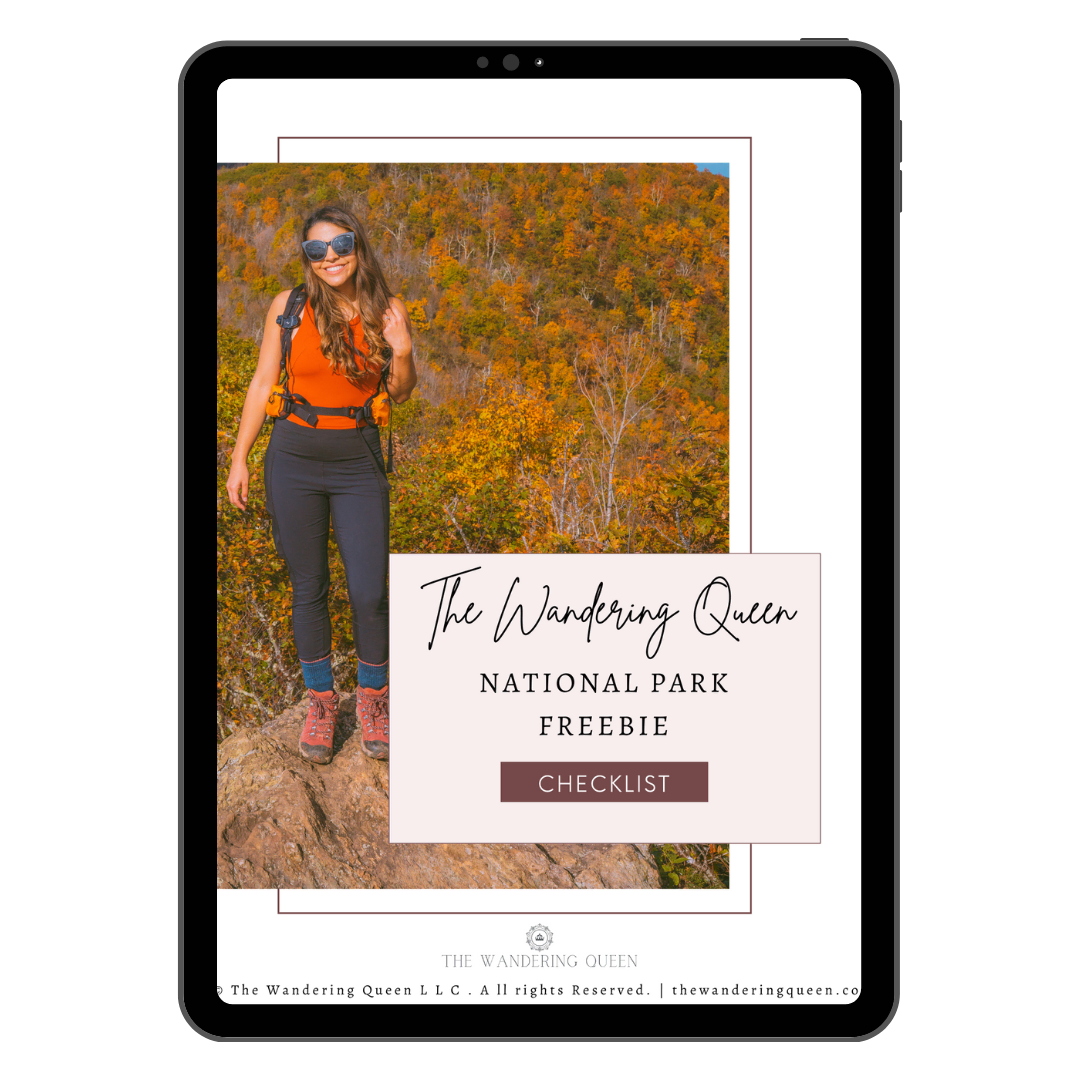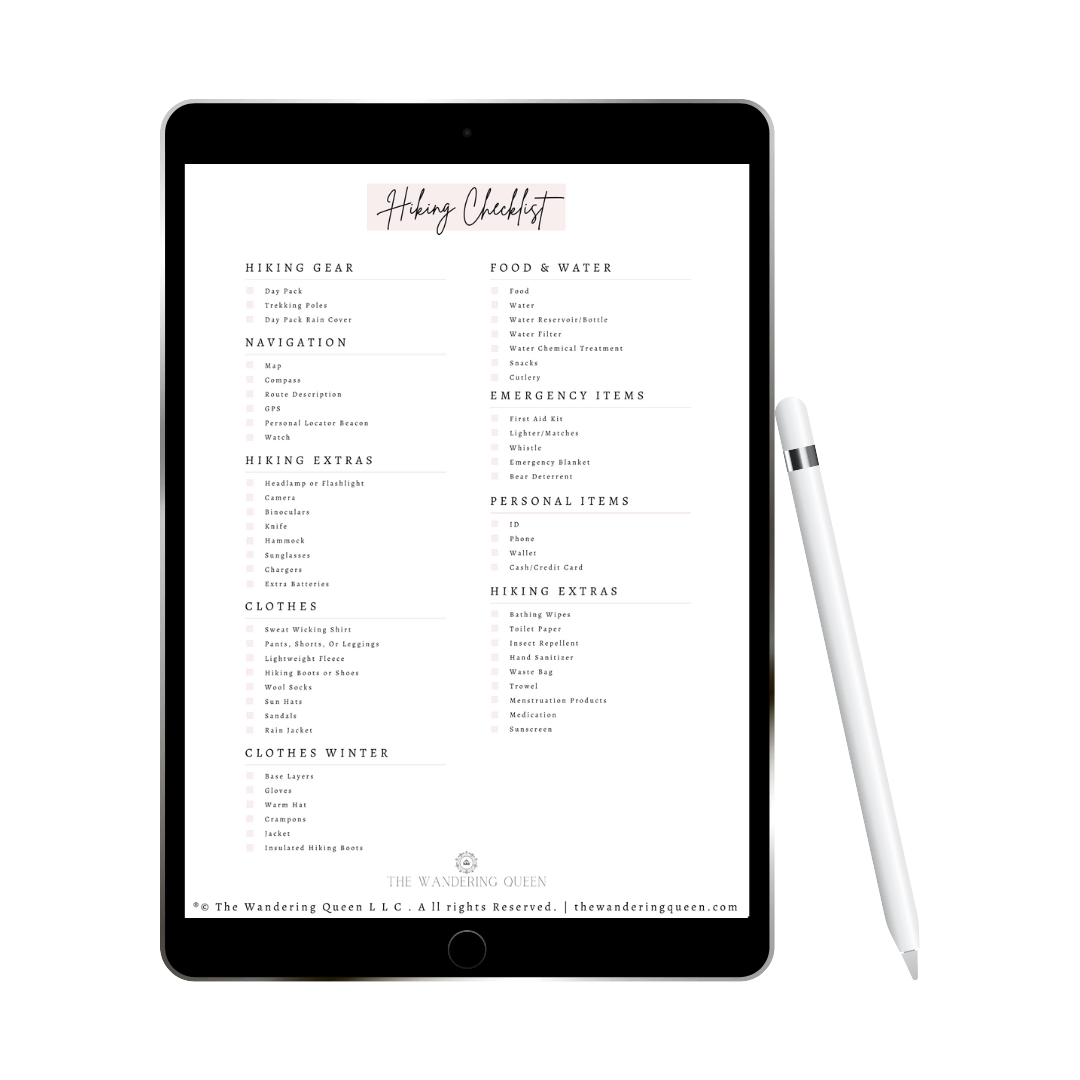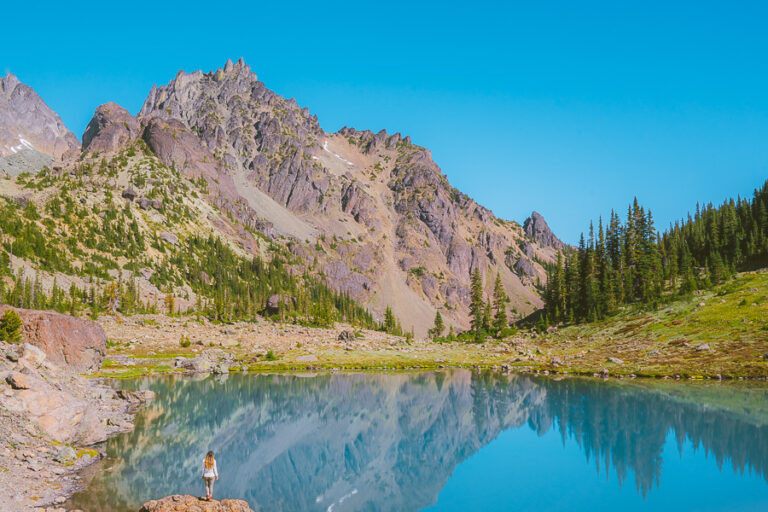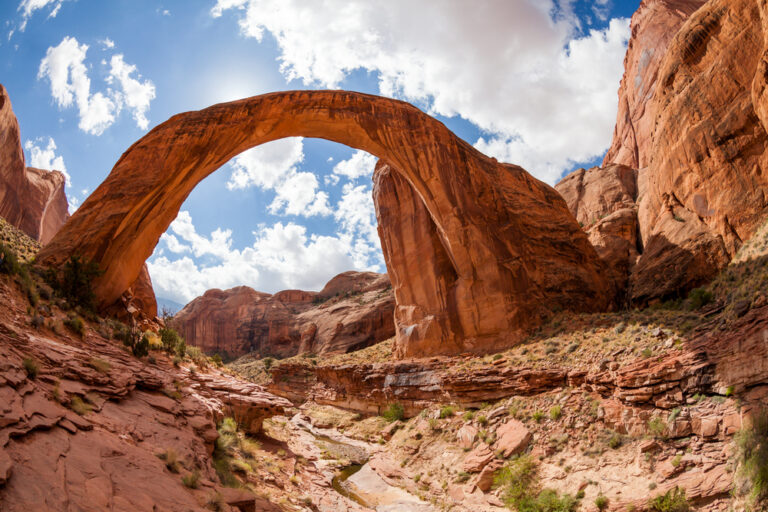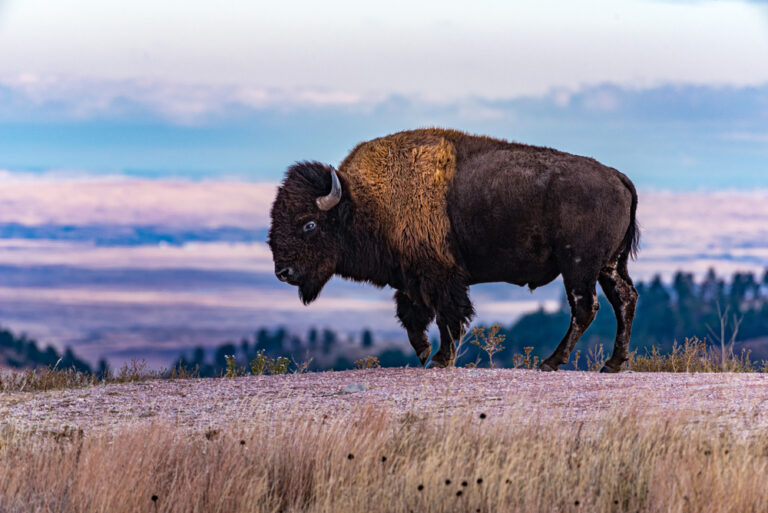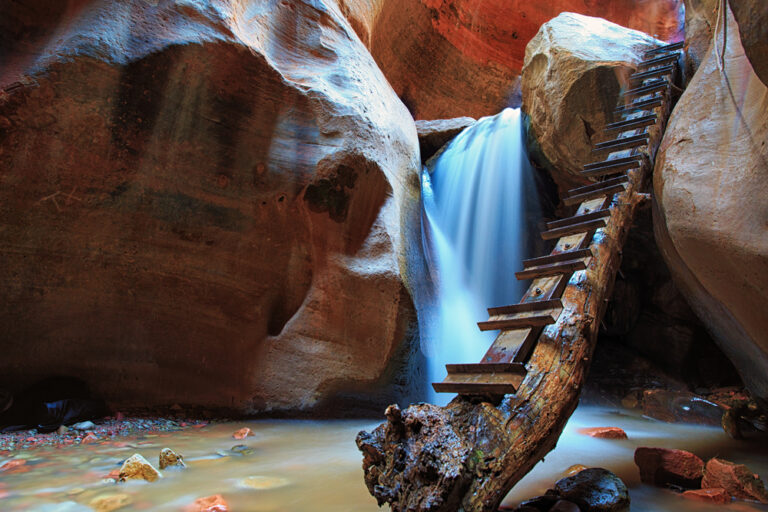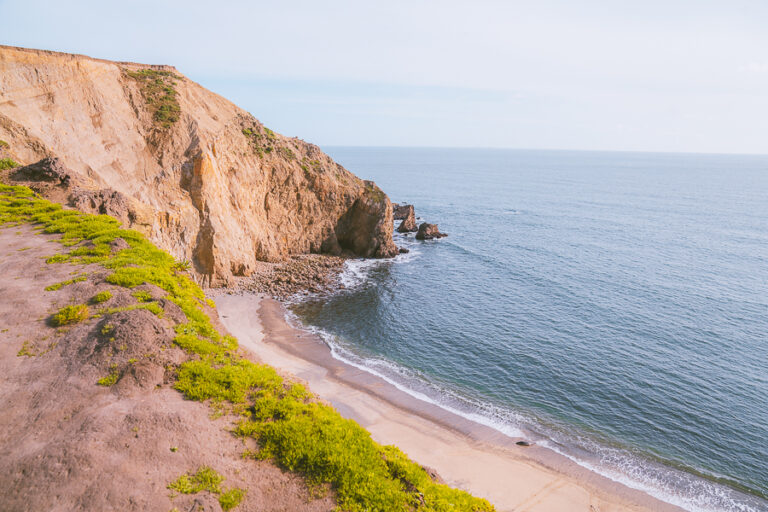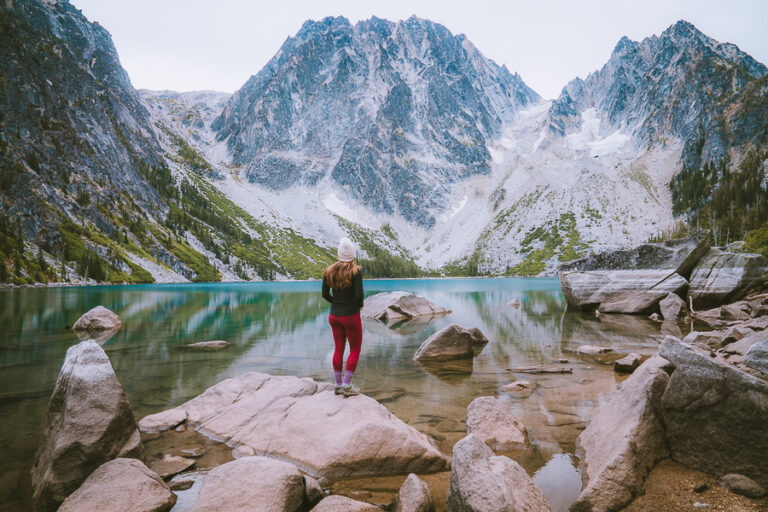Acadia National Park Itinerary | Trip Ideas for 3-5 Days
Planning a trip to the East Coast and looking for the perfect Acadia National Park itinerary? This guide has everything you need to plan an unforgettable trip.
This national park occupies parts of Mount Desert Island, the Schoodic Peninsula, and Isle au Haut along Maine’s Atlantic Coastline. Taking up just over 49,000 acres, Acadia is one of the smallest US national parks, but it has no shortage of exciting attractions.
Acadia is one of the East Coast’s best national parks, boasting a great atmosphere and stunning views. The park has rocky beaches, towering peaks, vast forests, and gorgeous wildlife. It’s a wonderful destination for everything from hiking and swimming to sampling local brews and cuisines.
With so much on offer, it can be hard to know what to prioritize and how to organize your time. Luckily, this guide covers everything you need to know, from the best time to visit and how to get there to what to do and where to stay.
Let’s jump right in!
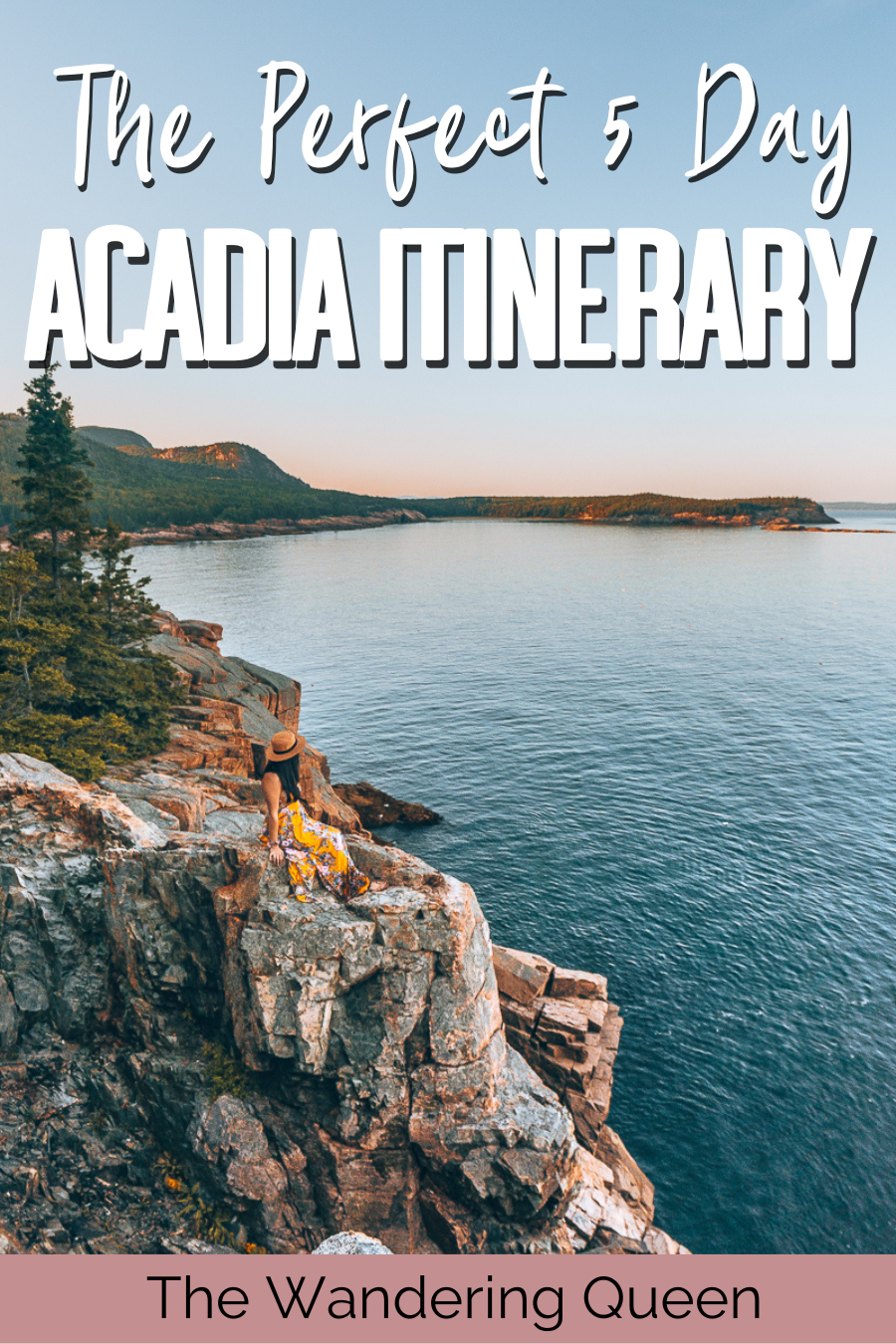
Disclosure: This post contains affiliate links. If you click one of them, I may receive a small commission (for which I am very grateful for) at no extra cost to you.
Acadia National Park
Related Posts
Visiting Acadia National Park | How to Get There
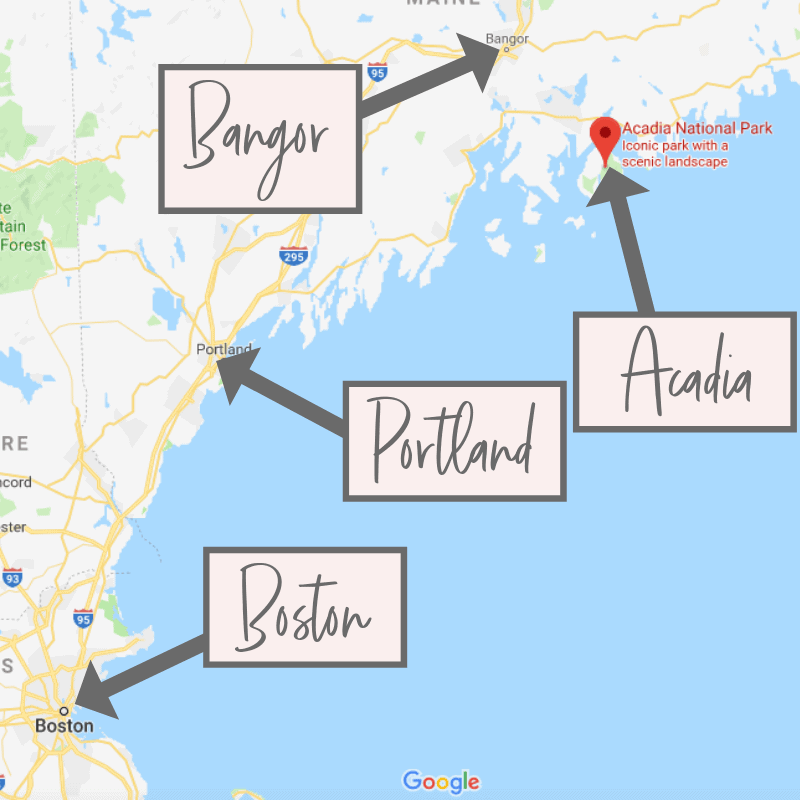
If you’re flying in, you can book a flight to Boston Logan International Airport (BOS) and take a connecting flight to Hancock County-Bar Harbor Airport (BHB). This airport is about 10 miles from Acadia National Park, so you can easily reach the park in less than 20 minutes.
You can also opt to fly to Bangor International Airport (BGR), especially if you’re flying nationally, and take a roughly one-hour drive to the park.
There are rental car agencies situated at both Bar Harbor and Bangor International Airport. So your choice of airport will be down to budget and how far you’re willing to drive.
Where to Stay for Your Acadia National Park Vacation
Wondering where to stay in Acadia? There aren’t any accommodation options in the park itself, but there are plenty of hotels, lodges, and camping sites nearby. Below are some top picks for every budget.
Budget | Acadia Inn
Acadia Inn in Bar Harbor might be light on the pocket, but this accommodation doesn’t slack on quality and amenities. Enjoy a complimentary breakfast before heading off to Acadia via the on-site trail connecting to the park. After a day of exploration, you can cool down in the swimming pool or stop by the nearby Kebo Valley Golf Club for a relaxing game. >>>Check Availability
Mid-range | The Primrose
Located in nearby Bar Harbor, this hotel is a delight for the eyes. Expect uniquely decorated rooms infused with coastal inspiration and vibrant pops of color. Rooms are bright and spacious, with an en-suite bathroom and free toiletries on offer. They also serve delicious breakfasts to help you fuel up for your daily adventures. >>>Check Availability
Luxury | Chiltern Inn
This whimsical luxury hotel in Bar Harbor provides all you could need for a comfy stay. You’ll get a complimentary breakfast and afternoon wine and cheese pairings to savor each day. You can also soak away those muscle pains in the hot tub or your private spa bath or take a dip in the indoor pool. Some rooms even come with a fireplace to keep you toasty on chilly nights. >>>Check Availability
Camping | Blackwoods Campground
This campground is ultra-popular due to its location along the Maine coast. It’s also close to Park Loop Drive, Sand Beach, and many trailheads.
The campground is mostly suited for tent camping, with minimal RV facilities. But there are picnic tables, fire pits, and pay-per-use hot showers nearby. Sites can be booked up to two months in advance, with the standard site costing around $30. >>>Check Availability
Read More: Where To Stay In Acadia National Park
What To Pack For Acadia National Park Itinerary
- Rain Jacket: Acadia weather can be unpredictable, with rain and fog forming in minutes. Ensure you carry a rain jacket with you at all times to keep dry and warm. >Buy Rain Jacket Here
- Sunscreen: Whether you visit in summer or winter, the sun is always intense.So be sure to wear a high-quality, moisturizing sunscreen >Buy sunscreen
- Water: To prevent dehydration, drinking water during your Acadia National Park hikes is essential.
- Sunglasses: The sun can be blinding at times. Make sure you have a good pair of sunglasses for a more pleasant walk. >Check Out These Sunglasses
- Headlamp: If you go hiking in Acadia before sunrise or after sunset, a headlamp is essential and much easier to carry than a flashlight. >Buy a Headlamp
- Warm Jacket: Pack a warm jacket to stay cozy during the colder rainy days. >Check Out My Jacket
- Day Pack: This comes in handy as you’ll be able to carry everything you need all in one place. >Buy This Great Backpack
- First Aid Kit: Some of the Acadia hikes are dangerous. It’s essential you carry a first aid kit for emergencies. >Buy This First Aid Kit
- Binoculars: There is much to see across Acadia, including whales and birds. Take a set of binoculars so you can spot these beautiful animals from the mountain tops.
- National Park Pass: If you are an avid hiker like me, it’s worth getting the year-long America The Beautiful Pass. >Get It Here
- National Park Map: Get a printed map here!
Claim your FREE Hiking Checklist
Ready to start hiking? Grab my free hiking checklist and never forget anything at home!
Entering Acadia National Park
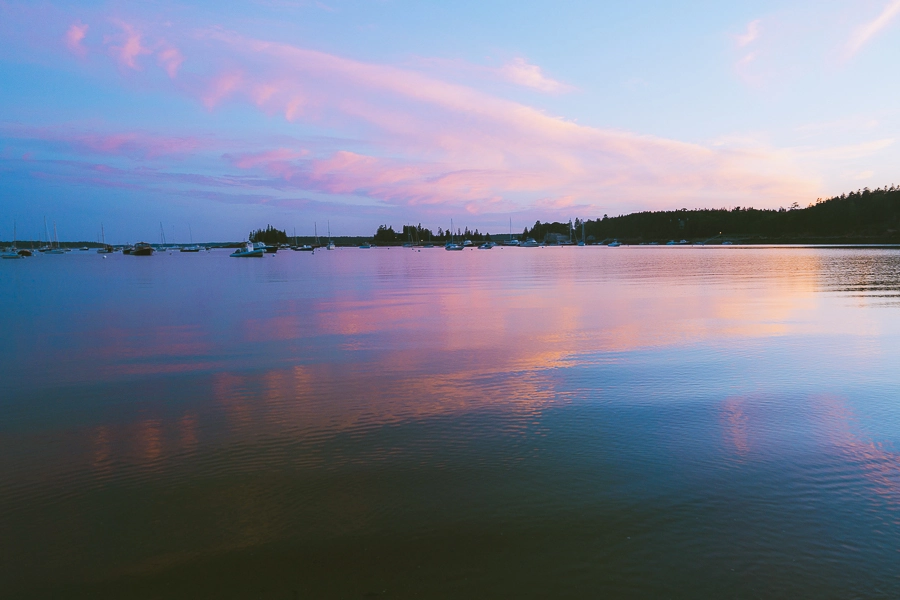
To enter the park, you’ll need to pay a $30 fee per vehicle. If you’re entering the park on foot, entry costs around $15. While entering with a motorcycle costs about $25.
If you’re planning on visiting other national parks in the area or the country, I’d suggest buying an America the Beautiful Pass. This pass offers you unlimited entry to all US national parks for an entire year and only costs $80. >Purchase your pass here
Best Time for a Trip to Acadia National Park
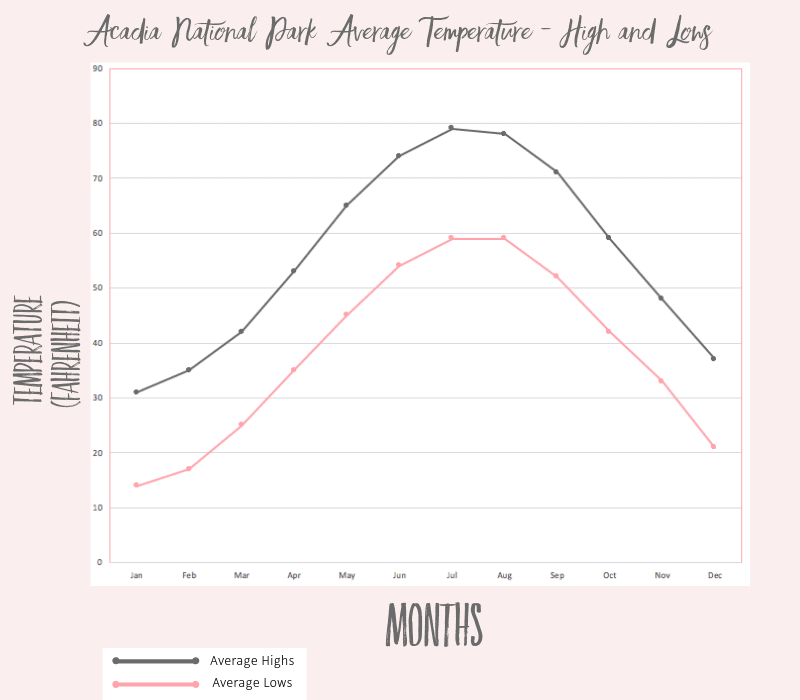
One of the best times to visit Acadia National Park is during the shoulder season, especially during fall (September-October). This is when temperatures are moderate, peak season crowds dwindle, and fall colors transform the park into a dazzling display of golden hues.
Below is a more detailed breakdown of each season at Acadia, so you can get a better idea of when you’d like to visit.
Acadia National Park in Summer
June-August
Acadia National Park is one of the best national parks to visit in summer, thanks to its warm and pleasant weather, with temperatures reaching the high 70s (°F). This is also usually when the free park shuttle is in operation.
You may encounter more people on hiking trails and near popular attractions, though. So if you’d like to avoid the crowds, summer might not be the best time to visit.
Visiting Acadia in the Fall
September-October
By fall, tourist crowds start to decline, and the temperatures range between the 40s and 60s (°F). It’s a lovely time to visit if you’re seeking a more tranquil experience.
By the end of the season, usually around mid-October, the leaves start turning into all sorts of glowing shades. The already picture-perfect park becomes even more visually appealing, making it the perfect time to visit if you’re looking to test your photography skills.
Acadia National Park Winter Weather
November-February
The chilly winter months are not a great time to visit Acadia unless you’re looking for a cross-country ski destination. But there are better national parks to visit in winter, like Bryce Canyon National Park. Many businesses, roads, and hiking trails close for the winter months, so you might not have the best possible experience of the park.
Acadia National Park in Spring
March-May
Spring is the off-season in Acadia, so you’ll be treated to uncrowded trails and attractions. The weather is generally pleasant as the snow melts away and temperatures rise to around the mid-50s (°F). With the snow melt, however, comes muddy and wet trails. So you’ll have to bring your best hiking shoes along.
Read More: Best Time to Visit Acadia National Park
Acadia National Park Itinerary Map
3-5 Day Itinerary for Acadia National Park
There are so many exciting activities in Acadia National Park that it may be hard to know where to start. This 3-5 day Acadia itinerary covers the highlights of the park, including some of Acadia’s best hiking trails and top sights.
You can follow the itinerary as is or switch it up to prioritize the attractions according to your own preferences. Here’s how to spend 3-5 days in Acadia National Park.
Day 1: Park Loop Road & Jordan Pond
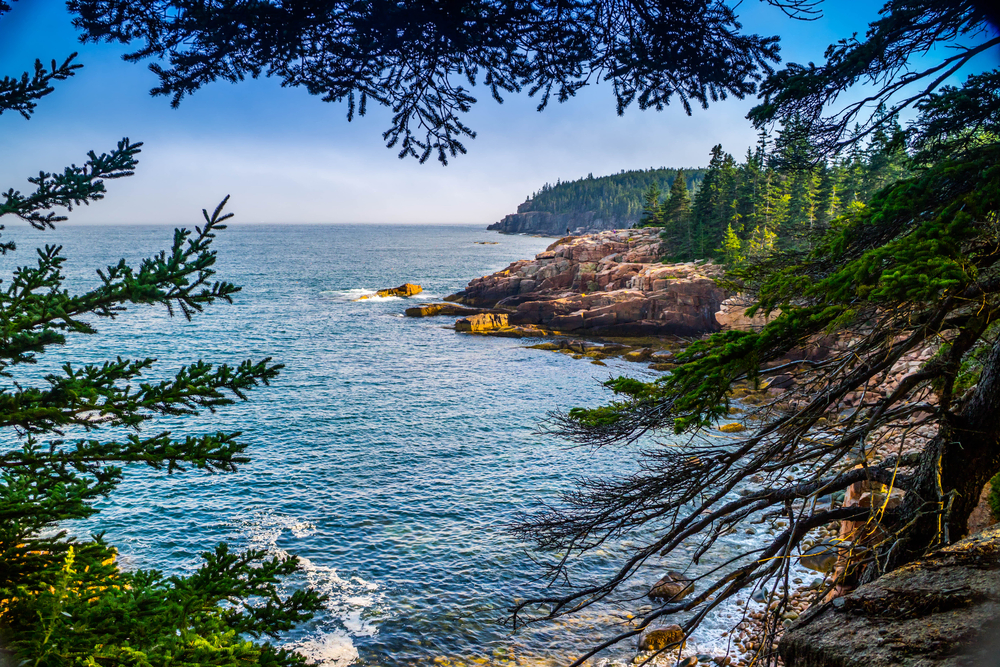
Spend your first day in the park familiarizing yourself with its beauty and taking some snapshots with a drive along the Park Loop Road and a stop at Jordan Pond.
Drive the Park Loop Road

This 27-mile one-way road kicks off at Hulls Cove Visitor Center and has multiple scenic stopping points along the way. Some notable ones include Sand Beach, Thunder Hole, Otter Point, and Jordan Pond.

Sand Beach is a stunning stretch of shoreline with soft golden sand and breathtaking views. There are restrooms and a lifeguard on duty between May and September. The parking lot is large, yet still fills up fast, so try to arrive early.

From the parking lot, you can also access the Ocean Path, a scenic, 4.4-mile out-and-back walking trail along the ocean. This easy path leads to several attractions found along Park Loop Road. So, if the weather’s nice, you can opt to walk the trail rather than drive.
The trail leads past Thunder Hole, a cavern filled with air and ocean water. The natural inlet produces a roaring sound as waves rush into it. But the real show starts before high tide, as the growing waves fill the cave and are expelled up to 40 feet into the air. So be sure to check the tide forecast to time your visit just right.

Note: This rocky area can be dangerously slippery and wet. So keep a good distance from the attraction and rather admire it from afar.
After Thunder Hole, you’ll reach Monument Cove, an overlook offering views of the Otter Cliff. The 110-foot-high Otter Cliff is the final attraction on the Ocean Path. The rugged cliff offers stunning views of the coast, with a backdrop of soaring evergreens creating an all-around stunning sight.

Tip: If you’d like to add in a short but challenging hike, the 1.5-mile Beehive Trail starts at the Sand Beach parking lot. The hike has a steep ascent, and certain parts may be a bit tricky, but it’s overall a really fun hike.
Admire Jordan Pond
The scenic Jordan Pond is an especially popular spot on Park Loop Drive. So I’d suggest visiting it early in the morning before the crowds gather if you’re around during the peak season.

The 187-acre pond is surrounded by trees, rounded rocks, and mountains, making it a great spot to snap some photos, especially when the water is still. Try to visit around sunrise or sunset if you’d like to capture the glowing sky reflecting on the pond.
There’s also a 3.1-mile loop trail along the edge of the pond, which is great for an easy, family-friendly stroll.
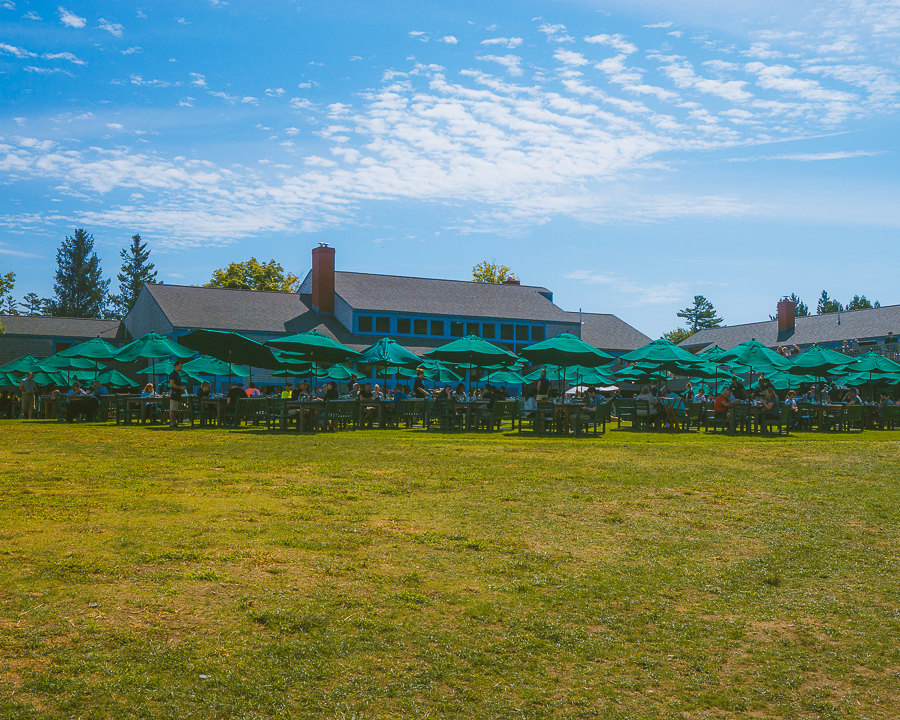
Once you’ve admired the pond, stop by the famous Jordan Pond House for a classic treat of tea and popovers. This restaurant has been serving its famous popovers since 1893, so you can trust that they’ll be memorable. They also offer other delicious lunch options.

Tip: If you’ve got space for a sweet treat, be sure to try the popover sundae.
The restaurant not only boasts widely loved popovers, though. The views of the pond and Bubble Mountain are equally stunning, so try to secure an outdoor table by arriving early or making a reservation.
There’s also a spot at Jordan Pond House called Carriage Road Carry Out, where you can grab food to go. This is a great option if you’re looking for a quick bite or some treats to enjoy at the end of a hike. They offer everything from soups and sandwiches to desserts.
Hike to Bubble Rock
- Distance: 1.2 miles out & back
- Elevation Gain: 302 ft
- Difficulty: Moderate
- Trail Guide: Link
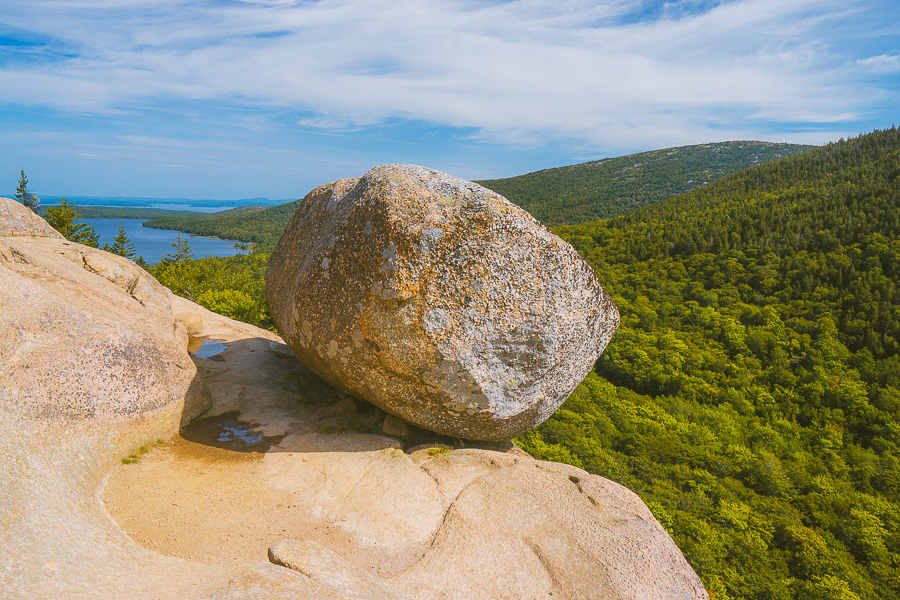
After refueling and soaking up the views, you can take on a hike to Bubble Rock. The large boulder sits perched upon the edge of the South Bubble summit. It is thought to have been moved over 40 miles south of Lucerne by glacial movements!
While the unsteady-looking rock is a fun sight, the real attraction here is definitely the views. You’ll be treated to views of Jordan Pond and the verdant expanse of trees.

There are two ways to get to Bubble Rock. You can start from the South Bubble parking lot, but parking tends to fill up fast. The alternative is to stop at the Jordan Pond House parking, which you may already have done to be at Jordan Pond. From there, you can walk the Jordan Pond loop and join the South Bubble Trail.
After all the adventuring, head home for an early night’s rest. You’ll be starting day two before sunrise.
Acadia National Park
Related Posts
Day 2: Cadillac Mountain & Bar Harbor
On day two, you’ll venture to new heights and new places.
Ride up Cadillac Mountain
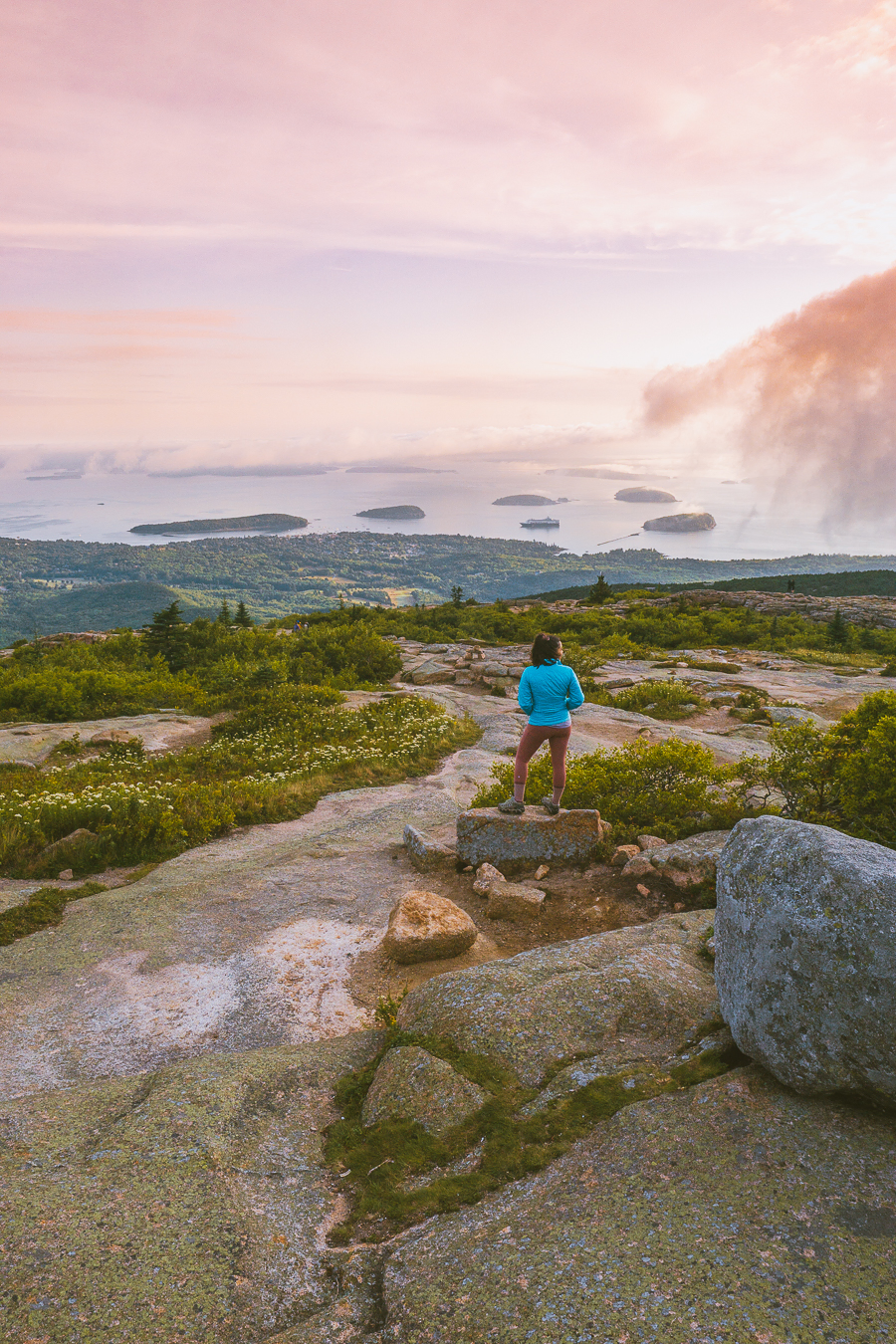
One of the best things to do in Acadia is to drive up to Cadillac Mountain, the tallest mountain along the Atlantic Coast. Between October and March, this 1,530-foot East Coast gem is one of the first places in the US to see the sunrise. So it’s an understandably popular attraction.
You’ll have to wake up around 3-4 am to get ready and head up the mountain — check the sunrise times so you don’t arrive too late.
The 3.5-mile drive up is quite easy to navigate, even in the dark. At the top, you’ll come across 360-degree views of the park and the little islands dotted around the ocean, all glowing in the soft morning light.
Bring along a coffee flask and your camera to fully savor and capture this moment; it truly is one of the most beautiful sights. You can also walk the 0.3-mile Cadillac Summit Loop trail to warm your legs and admire the different vistas.
As the mountain gets especially busy between October and March, you’ll need to make a vehicle reservation to be allowed on the road. The reservation costs about $6, and you have the option of booking up to 90 days or two days in advance.
Booking two days in advance may work better if you’re spending a few days in Acadia. This way, you can choose the day with the best conditions and be more flexible with your itinerary.
Explore Bar Harbor, Maine
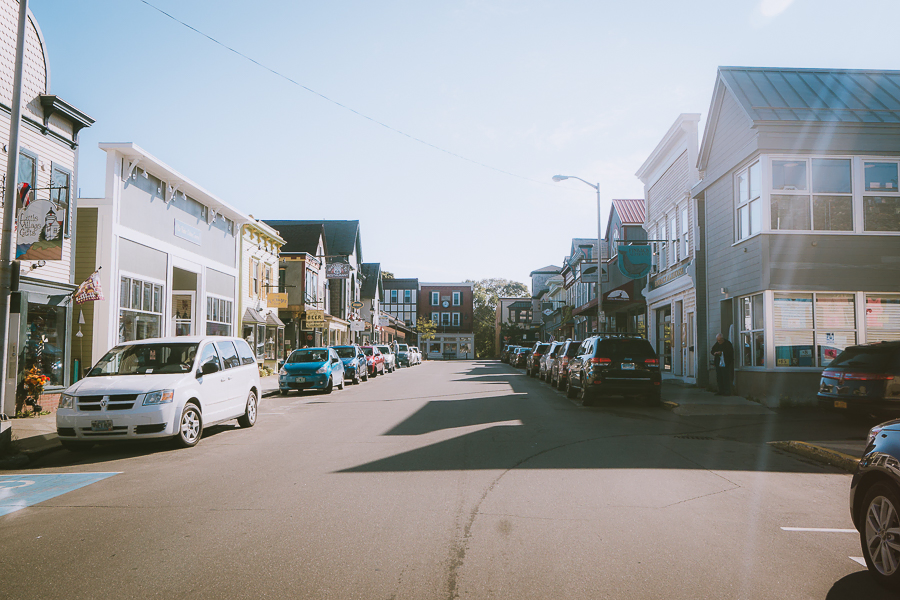
After a scenic start to your day, you’ll head to Bar Harbor, a charming little area about 15 minutes from Cadillac Mountain. This picture-perfect coastal village is a great spot for shopping and sampling some local foods.
You’ll find various souvenir stores and shops and spot some colorful facades and stunning architecture. But my favorite thing to do in Bar Harbor is to eat. There are so many excellent eateries and restaurants in this town; many focused on seafood. One of the specialties here is the lobster roll, but you’ll find all sorts of lobster-inspired dishes.
Some of my favorite breakfast and coffee places include 2 Cats Bar Harbor and Coffee Hound Coffee Co. For lunch, you don’t want to miss The Terrace Grille’s Lobster Mac and Cheese. And the quirky Leary’s Landing Irish Pub is a great spot for a sundowner.
Besides shopping and eating, you can also take a whale-watching tour with Bar Harbor Whale Watch Co. Maine’s whale-watching season usually runs between April and October, but you’ll get to spot more than just whales.
You’ll also see puffins, razorbills, and other wildlife and visit a few lighthouses. These tours also offer a new perspective of Acadia National Park, making it a great activity if the weather is good.
Snap Photos at Bass Harbor
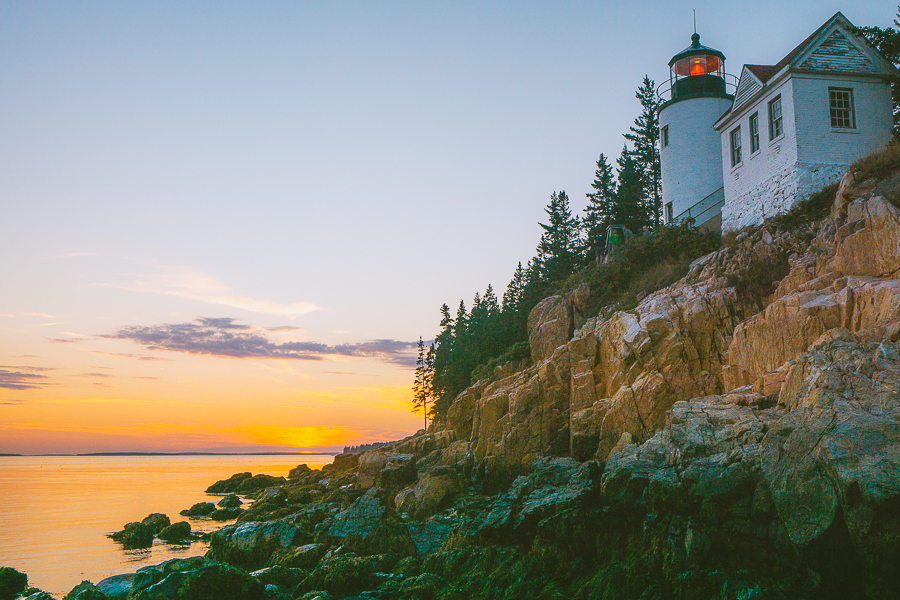
If you have time to spare, head to Bass Harbor to see one of the most photographed lighthouses in the US, The Bass Harbor Head Lighthouse. Built in 1858, 56 feet above the water, this lighthouse sits perched among trees on a jagged cliff overlooking the ocean.
It’s a postcard-worthy sight well worth the 30-minute drive from Bar Harbor. You can walk around the lighthouse or down the stairway to find a comfy spot on the cliffs and admire the coastal views. This spot can get quite crowded at midday and sunset, so try to time your visit for the late afternoon.
Download my free Outdoor Photography Guide
Hike the Beech Mountain Trail
- Distance: 1.2 miles roundtrip
- Elevation Gain: 351 ft
- Difficulty: Moderate
- Trail Guide: Link
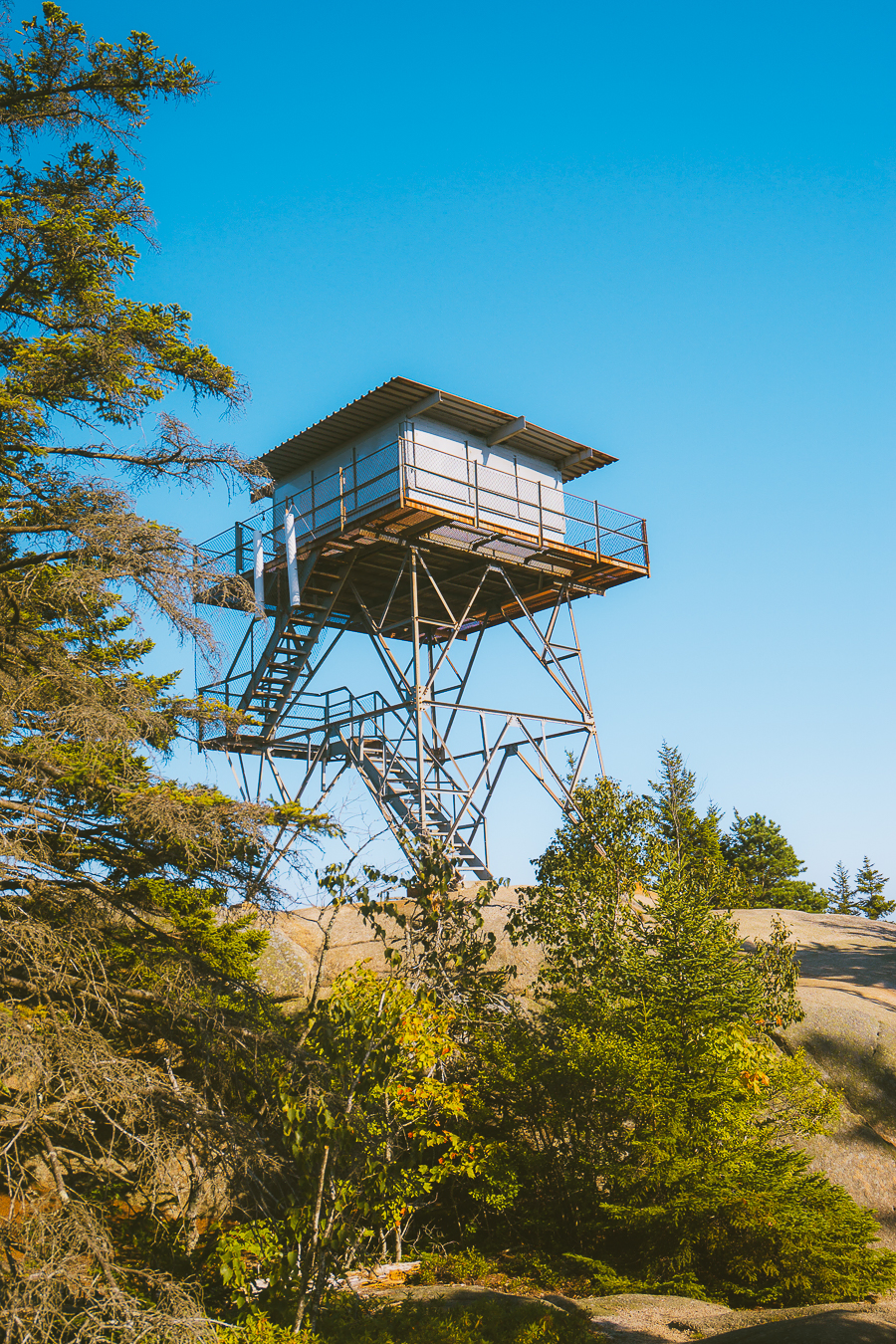
The Beech Mountain Trail starts about 20 minutes from Bass Harbor. It’s a great option if you’re seeking a lesser-known trail away from the crowds. The moderate, 1.2-mile roundtrip hike offers stunning views of Mount Desert Island and is a great alternative sunrise or sunset spot.

At the summit, you’ll encounter the Beech Mountain Fire Tower, the only fire tower left in Acadia National Park. On your way down, you’ll enjoy stunning views of Long Pond.

Tip: I’d recommend hiking the loop in a clockwise direction to enjoy a gradual decline at the end of your hike.
Day 3: Cycle on the Carriage Roads & Hike the Precipice Trail
After a fun-packed 2 days in Acadia National Park, you may want to take things a bit slow. How about a scenic cycling trip or a short but challenging hike?
Cycle Along the Carriage Roads
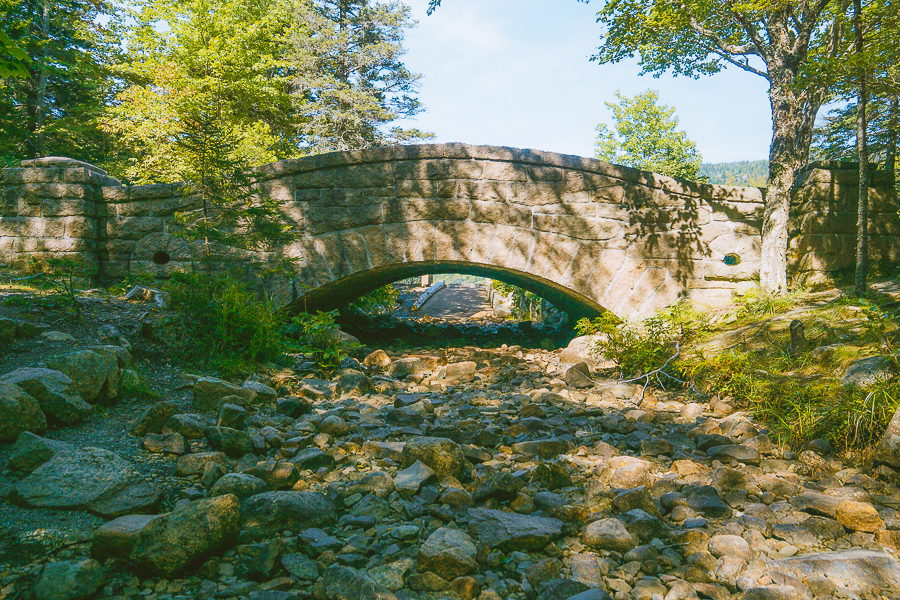
If the weather plays in your favor, why consider cycling the historic Carriage Roads? These 45 miles of paved roads weave through the heart of Acadia and were built for horse-drawn carriages between 1913 and 1940.
A horseman named John D. Rockfeller Jr. played a significant role in having these roads built. And a lot of focus was placed on having the roads blend in with the natural surroundings. Thus, bridges are adorned with stone facades, and the roads are paved with crushed rock and follow the contours of the land.
These roads are only open to horse-drawn vehicles, pedestrians, and cyclists. You can rent an e-bike from Bar Harbor Bicycle Shop and Acadia Bike, both situated in Bar Harbor.
You can find a map of the carriage roads system on the National Parks Service website.
Hike the Precipice Trail
- Distance: 2.1 miles roundtrip
- Elevation Gain: 1,053 ft
- Difficulty: Hard due to climbing sections
- Trail Guide: Link
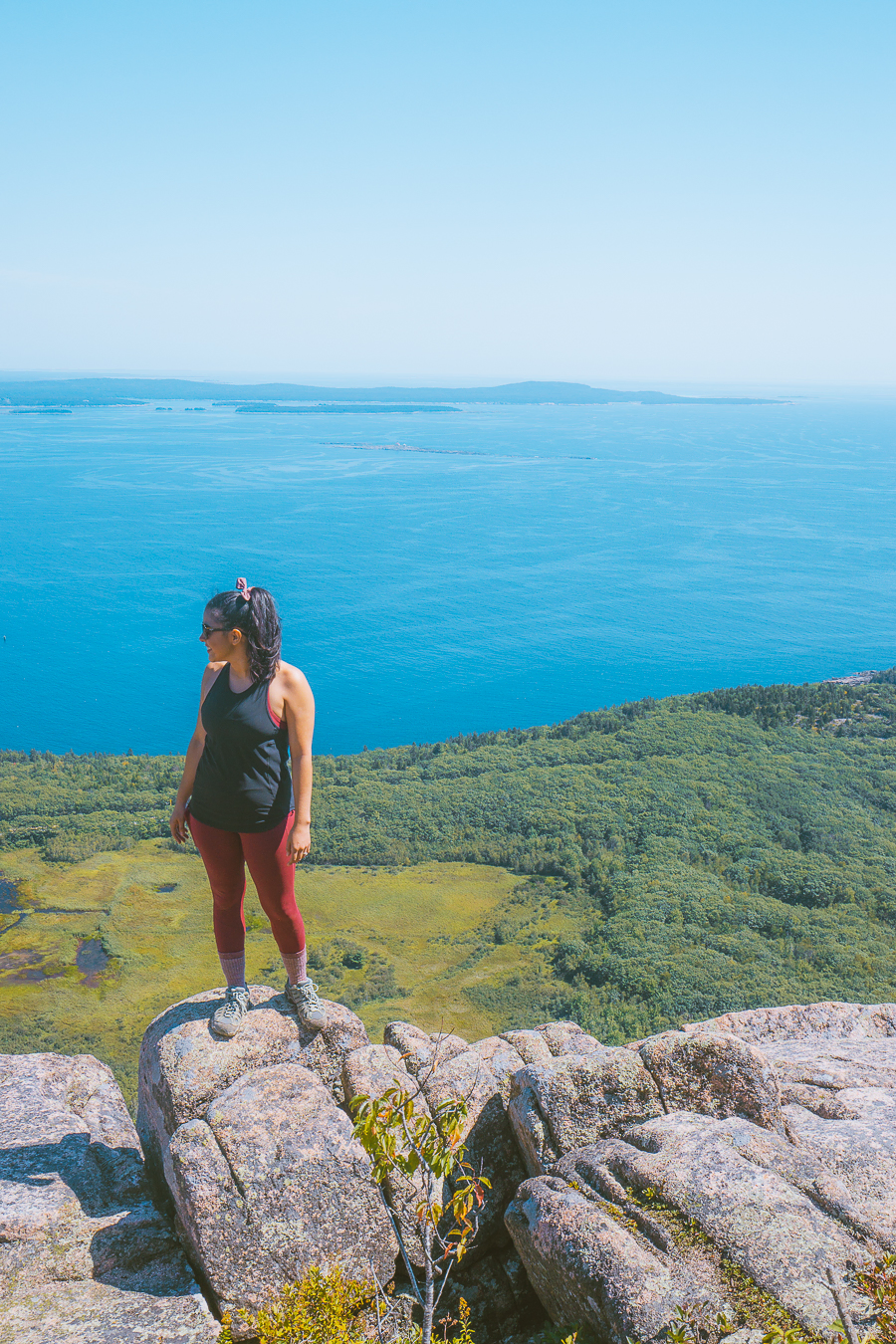
The Precipice Trail is one of Acadia National Park’s best but most challenging and dangerous hikes, and it’s not recommended if you’re a hiking beginner. The hike features a steep incline, narrow ledges, and a few areas where you’ll have to climb metal ladders. So, if you have a fear of heights, this trail also might not be for you.
If you do take on the trail, you’ll be rewarded with some of the most memorable and unmatched views in the park from Champlain Mountain’s peak. You’ll also see Bar Harbor, Dorr Mountain, and the Atlantic Ocean. Luckily, the path down is much easier.
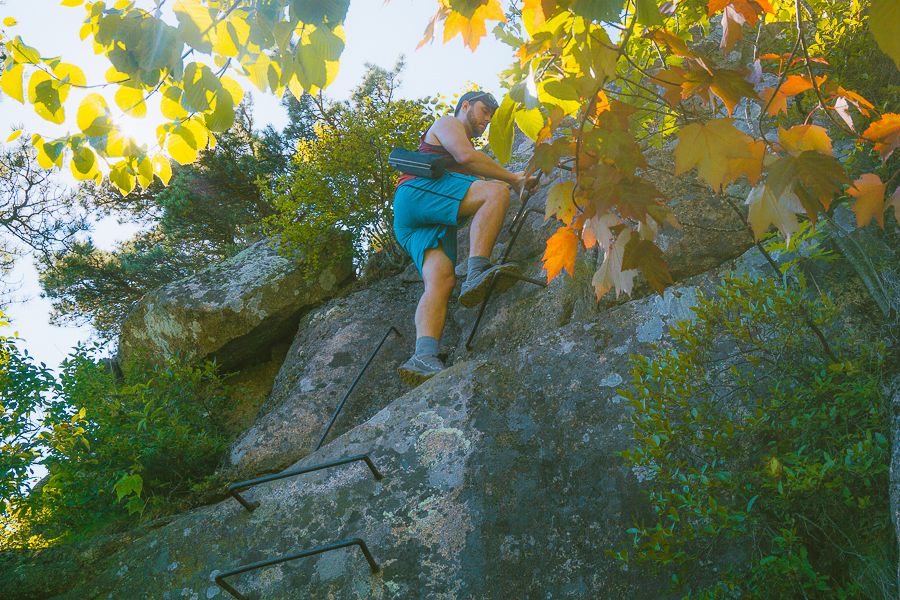
The trail is ultra-popular, so try to get there before 8 am to avoid heavy foot traffic. Be extra cautious if the rocks seem wet, and don’t push yourself beyond your capabilities, as this is a very dangerous hike. You can always take on the nearby Beehive Trail if you’d like a less challenging but equally fun hike.

Note: The Precipice Trail closes from the end of March to mid-to-late summer for the peregrine falcons’ nesting season. So if you intend to hike this trail, try to plan your visit for late summer or fall.
Day 4: Visit Schoodic Point or Isle Au Haut
After 3 days in Acadia National Park, you’ll have visited most of the highlights of the park. So, it’s a good time to venture beyond Acadia and see what gems are nearby. You can opt to visit one or the other destination, as each can take up an entire day.
Visit Schoodic Point

The Schoodic Peninsula is the only part of Acadia that forms part of mainland Maine. It’s a less-frequented and wilder area of the park, with thick forest and red granite creating a more rugged yet beautiful landscape.
There are various trails to take on, ranging from short and easy to longer hikes. Below are a few great options:
- 1.8-mile Sundew Trail
- 1.1-mile Schoodic Head Trail
- 1.3-mile Alder Path Trail
It takes just over an hour’s drive to get there, depending on where you’re staying. So, pack a picnic and plan to enjoy most of the day at this part of the park.
If you’d like to skip the long drive, you can take a scenic ferry trip instead. The Bar Harbor Ferry runs from Mid-June to mid-September, stopping at Winter Harbor, which is close to Schoodic Point. Winter Harbor is equally worth exploring and has a bicycle rental shop so you can cycle to the peninsula.
Visit Isle Au Haut

The “High Island” is a great option if you’d like to escape the tourist crowds and find some peace among nature. This island is one of the more remote parts of the park and can only be reached via a 45-minute ferry.
The ferry between the island and Stonington runs year-round, but there’s also a seasonal summer ferry between Duck Harbor and Isle Au Haut. Because of the travel time required, you’ll need to set aside an entire day.
Once on the island, you can enjoy 18 miles of hiking trails and admire the interesting rock formations and landscape. The island boasts plunging cliffs, forest marshes, a freshwater lake, and a rocky coastline. There’s also a small campsite if you’d like to rough it out for a night or two.
Grab Your Free Car Camping Checklist! 🚗🌲
Ready to elevate your car camping game? Snag our essential checklist to ensure you’ve got everything you need for a stress-free, fun-filled adventure! Perfect for beginners and seasoned campers alike. Download now and hit the road prepared! 🌟🎒
Day 5: Explore More of Acadia National Park
Spending even more time in Acadia? You can catch up on activities on your itinerary that you couldn’t manage to fit in or add even more things to do to the list. Below are a few more things to do in Acadia National Park.
Visit Echo Lake Beach

Generally, swimming is not allowed in Acadia’s lakes, as this can cause disruptions to the ecosystem. Echo Lake, however, has a small beach and even a lifeguard on duty between Memorial Day and Labor Day.
It’s a lovely spot to cool down during summer, and the water is a bit warmer than at Sand Beach.
Go Rock Climbing
If you’re an avid rock climber, you’ll be happy to know that Acadia National Park has some great rock-climbing spots. Acadia Mountain Guides Climbing School organizes climbs for every experience level during the day and evenings. They also provide gear with your booking, but you’re welcome to bring your own.
Where to Eat in Acadia National Park

There are so many excellent places to eat in Acadia National Park, many of which are concentrated around Bar Harbor. Besides my recommendations mentioned earlier, you can also consider these incredible spots:
- Sylvia’s Cafe: A great spot for breakfast food and burritos in Ellsworth, 20 minutes from Mount Desert Island. Their pancakes are a crowd favorite.
- Burning Tree Restaurant: Situated in Otter Creek near Sand Beach, this restaurant serves some of the freshest seafood.
- Jordan’s Restaurant: Another excellent spot in Bar Harbor for breakfast. The highlight here is their fresh blueberry pancakes served with homemade blueberry syrup.
- The Thirsty Whale: A great spot for drinks in a great atmosphere.
Acadia Itinerary | FAQs

Still have some burning questions about your Acadia National Park vacation? Here are the answers to some frequently asked questions.
How Many Days in Acadia National Park is Enough?
You can easily see much of Acadia National Park and Bar Harbor’s highlights in about three days. But if you’d like to spend more time exploring this tranquil oasis, five days may work better. This will allow enough time to take on longer hikes and get plenty of rest in between activities.
What Are the Best Months to Visit Acadia National Park?

The best months to visit Acadia are between September and October, as the fall season brings moderate temperatures and fewer tourist crowds. You’ll also get to see the fall leaves later in the season.
Do You Need a Car to Visit Acadia?
You don’t necessarily need a car to visit Acadia from late June through October, as the Island Explorer Shuttle Bus is in operation then. But, if you’re visiting in the off-season or are seeking more flexibility, you may find a rental car more convenient.
How Long Does It Take To Drive the Loop in Acadia National Park?
It takes about three hours to drive the 27-mile scenic Park Loop Drive in Acadia. But you may want to factor in extra time for stops along the way.
Tips for Your Acadia National Park Trip

Below are a few essential tips to keep in mind for a safe and stress-free visit to Acadia National Park.
Bring the Right Gear
Wearing the right hiking gear can make a big difference in preventing blisters and muscle strain. The last thing you want is to miss out on planned hikes because of a preventable injury. Invest in some good hiking boots and essential hiking gear to ensure that you have the best hiking experience.
Keep Track of the Weather
Due to the Atlantic wind, the island can experience unexpected changes in weather, like sudden bouts of rain. Check the weather forecast ahead of your hike or outdoor excursion, and carry a rain jacket with you to stay prepared.
Know Your Limits
Some hikes in the park are super accessible and safe for almost everyone. But there are more challenging hikes, like the Beehive Trail and the Precipice Trail, that require climbing up ladders, walking along narrow ledges, and squeezing through tight spaces. If you’re a beginner hiker, it’s okay to stick to the more moderate or easy hikes. Rather stay safe than risk injury.
Arrive Early
Parking spaces fill up fast in Acadia National Park, especially between May and September. If you’re set on starting a hike at a specific time, try to arrive before 9 am or after 5 pm when the crowds aren’t at their peak.
A great alternative option is to use the free seasonal shuttle bus that runs along Park Loop Road. That way, you won’t have to worry about parking space.
Leave No Trace
As with all natural spaces, be sure to cause as little disruption to the park’s ecosystems as possible. Practice the seven principles of “leave no trace” to ensure you leave the park as good as — or better than — you found it.
Final Thoughts on Planning a Trip to Acadia National Park

As you can tell, Acadia National Park offers some of the best national park hikes in the United States. You’ll have everything from brief trails to steep climbs to tackle, depending on your experience level.
Of course, there’s more to Acadia than scenic trails. The park is home to all sorts of natural wonders, from thundering caverns to plunging cliffs and curious boulders. There are also a variety of towns to explore, like Bar Harbor, a picturesque town offering some of the best seafood delights.
Acadia National Park is the perfect place to capture some memorable vistas. So be sure to bring along your best camera gear and have a look at these photography tips and tricks to help you get that perfect shot.

